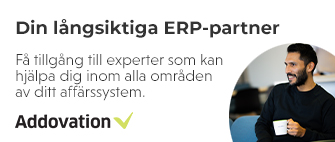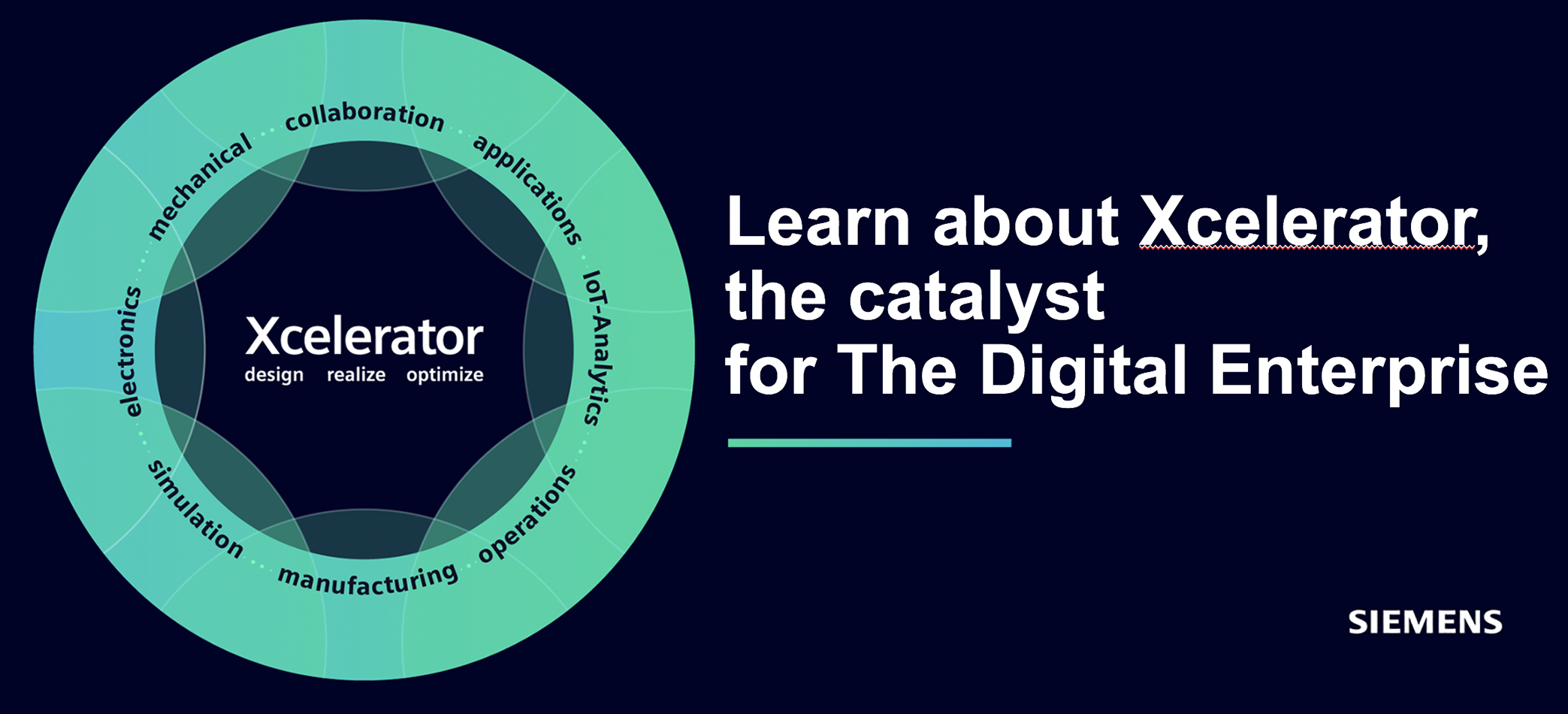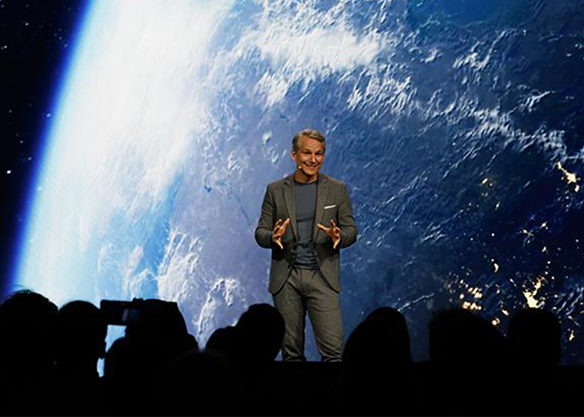On a more concrete business level, Peter Koerte was able to deliver some very interesting news: An agreement which means that aircraft manufacturer JetZero will choose the Siemens Xcelerator platform.
JetZero is a pioneering aviation startup that is working to, “build the sustainable air travel of the future.” In this the company is developing an ultra-efficient Blended Wing Body jet that paves the way towards net-zero, uses 50% less fuel and can even accept hydrogen. The Jet Blended Wing Body provides unmatched performance which has created interest among in the context important organizations: The company is working with US Air Force, NASA and FAA to facilitate solutions ready for service by 2030.
The collaboration with Siemens and the use of Xcelerator tools around the development and production of JetZero’s revolutionary aircraft includes an innovative wing design that aims to improve fuel efficiency by 50 percent, reduce noise and deliver on the promise of zero carbon emissions by 2035. JetZero will leverage Siemens Xcelerator’s open digital business platform to design, manufacture and operate its new aircraft.
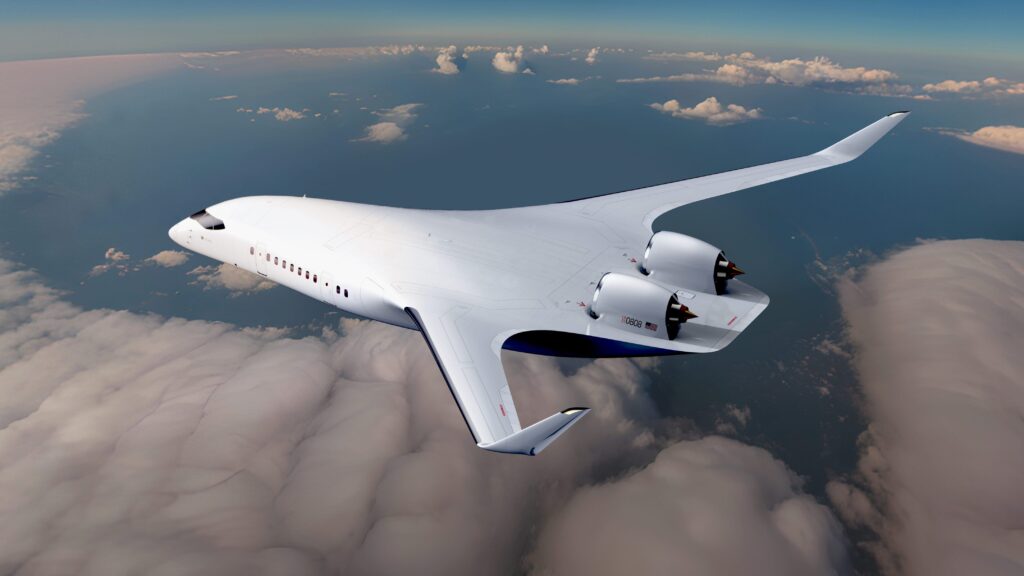
Plans for the Factory of the Future
JetZero also plans to build the “Factory of the Future,” a new greenfield factory in the United States where it intends to integrate Siemens automation hardware with software and services to help achieve its remarkably ambitious vision that includes electrification, automation and digitization of both the aircraft and its production.
The JetZero aircraft and its associated manufacturing operations will be virtually simulated using comprehensive digital twins – enabling the company to reduce manufacturing process risk, validate the approach and scale processes long before any ground is broken or jets take to the skies.
“Siemens gives us the confidence to take a step, not just a step, in revolutionizing air travel,” said JetZero CEO Tom O’Leary. “Their digital twin and industrial metaverse technologies will be critical in helping us design, build and operate the world’s first fully digital aircraft, delivering a better experience for passengers and airlines while reducing fuel consumption by 50 percent.”
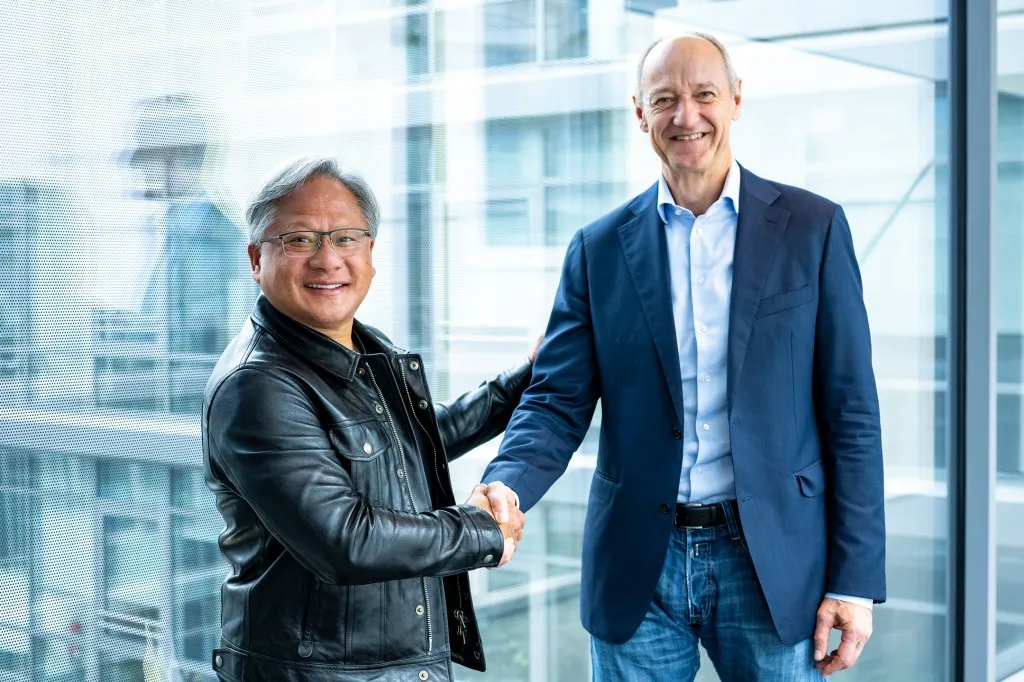
Partnering with NVIDIA to Bring Photorealism to PLM
Another poster format event is Siemens’ collaboration with NVIDIA. At CES 2025, Siemens announced new additions to its open digital business platform Siemens Xcelerator. This includes the “Teamcenter Digital Reality Viewer,” powered by NVIDIA Omniverse, which brings large-scale, physically-based visualization directly into the PLM system.
NVIDIA Omniverse is a platform of APIs, SDKs, and services that enable developers to easily integrate OpenUSD (Universal Scene Description) and RTX (Ray-Tracing-Xtreme) rendering technologies. It can be described as a real-time 3D graphics collaboration platform and has been used for applications in the visual effects and industrial simulation industries for digital twin.
In the “Teamcenter Digital Reality Viewer”, development teams can collaborate in a secure, digital twin environment using their live 3D data, reducing errors and data discrepancies while streamlining workflows and decision-making.
“Our continued partnership with NVIDIA will be transformative for our customers, enabling them to virtualize and visualize products and facilities like never before. By bringing together the best capabilities in each company, we are equipping customers with the tools they need to make informed decisions, optimize their operations, and accelerate their digital transformation,” said Koerte.
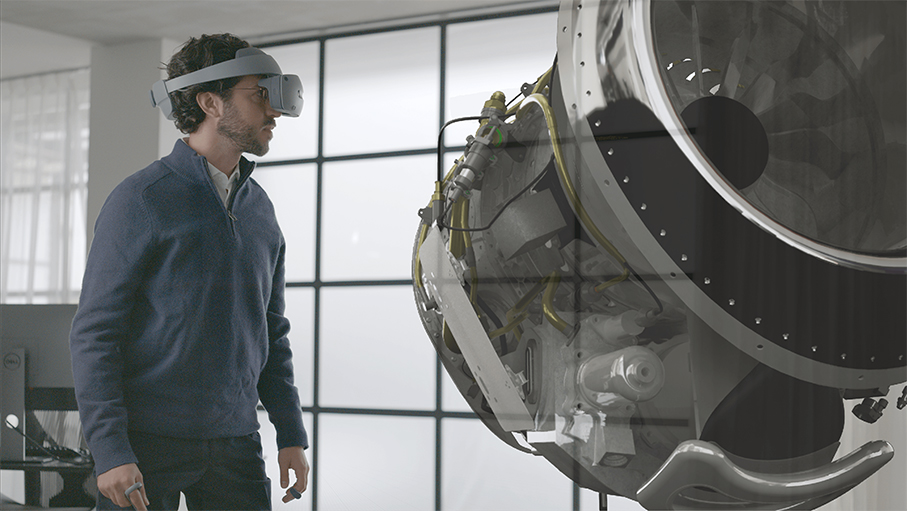
Enabling immersive technology with Sony
Another interesting line of development revolves around the collaboration between Siemens and electronics giant SONY, also using Siemens Digital Industries’ PLM portfolio, Xcelerator. In this collaboration, Siemens is delivering a new immersive technology solution that combines Siemens NX product development software with a sharp head-mounted display from Sony to enable content creation for the industrial metaverse. This is now available for pre-order and shipping from February. This also includes Siemens’ new Immersive Engineering toolset, which brings the power of mixed reality to the product development and manufacturing community, enabling high-fidelity mixed reality and 3D-focused collaboration.
“In the era of digital twins, Siemens and Sony have worked closely together to bring NX Immersive Designer to market. With 4K OLED micro-displays, intuitive controls and a comfortable design, closely integrated with Siemens’ advanced software, we firmly believe this new immersive technology solution will pave the way for the future of engineering,” said Sony’s Seiya Amatatsu, Incubation Center/XR Technology Development Division.
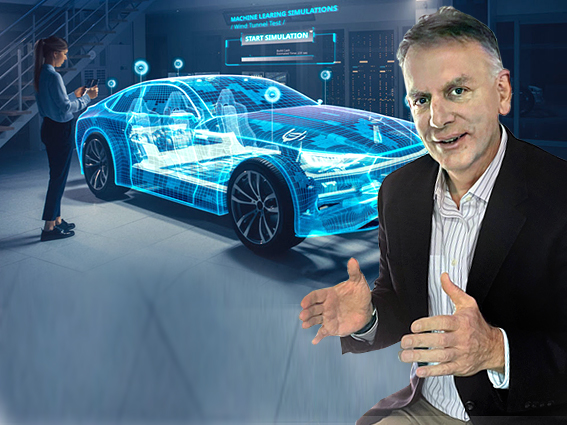
Introducing new Design Center for product development
Peter Koerte was also joined on stage at CES by Tony Hemmelgarn, CEO and President, Siemens Digital Industries Software, to unveil Siemens’ new Design Center suite, which brings together its portfolio of design and engineering software including Solid Edge and NX software into a unified offering. that companies of all sizes can design and collaborate using the industry-leading Parasolid modeling engine.
”Many PLM developers make their design software available to small companies or to the very largest enterprises. Design Center is unique in that it is truly open and accessible to everyone – companies of all sizes can scale with the same solution set, their data in the same format – without interruption,” said Hemmelgarn.
Nordic representation in Las Vegas
Finally, a little about Nordic representation in the PLM sphere:
Finnish Spinnova, a technology company that enables circularity in textile manufacturing with sustainable and chemical-free fabric production using Siemens Digital Twin technologies and factory automation, was there.
As was Wayout International, a Swedish water technology company that is developing a proprietary drinking water production solution to improve personal health and well-being in daily life using Siemens edge computing, digital twin technology and Insights Hub, the industrial IoT as a service solution from Siemens.
Other Nordic representatives were Desert Control, a Norwegian startup that aims to revolutionize sustainable agriculture and urban greening in regions suffering from desertification, promoting agricultural prosperity and healthy green spaces using Siemens Industrial Operations X.

